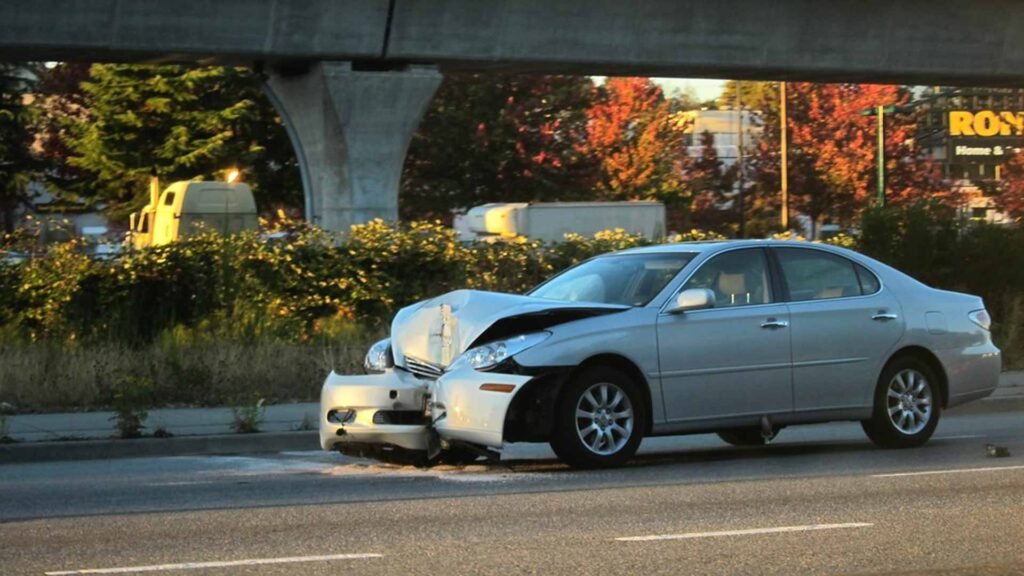When thinking about suing a party for negligence, the starting point is a perception that a person did the wrong thing or failed to do the right thing, and that caused harm.
The law goes further in its analysis of the circumstances. There are five elements to be considered. If any one of the five elements is missing, the plaintiff cannot succeed.
- The first thing that must be shown is that there is a duty of care to the person who was harmed. Every person has an obligation to avoid acts which could be reasonably foreseen to injure or harm other people.
- The second element that must be proved is that there was a breach of a standard of care. This means determining what a reasonable person would do in the circumstances. It could be a reasonable driver of a car or a reasonable similarly trained professional.
- The third element to be shown is that the party sustained damages. There is a monetary payment to compensate the injured party. The term used to describe this is damages.
- The fourth element is fairly straightforward. It is called cause in fact. The question asked is, did the defendant’s negligence cause the injury? What happened here? The facts are examined to answer this question. The test that is applied is the “but for” test. Would the injury have occurred without the defendant’s negligence? If yes, there would be no liability. On the other hand, if the circumstances were that, but for the defendant’s negligence, the injury would not have occurred, then there would be liability.
The English case of Barnett v. Chelsea and Kensington Hospital illustrates this issue. Mr. Barnett felt sick after drinking tea. He was suffering from arsenic poisoning. He went to the hospital. The hospital should have treated him. It did not. He was told to go home. He died. There was a finding that the doctor was negligent. He should have examined him. However the court found that Barnett’s chances of survival were slim even if he had been given the antidote. There was not enough time for it to have worked. He would have died anyways. There was no liability. Mr. Barnett’s death was not caused by the lack of treatment.
- The fifth and final element is remoteness. Even if there is factual causation, a question remains as to whether there was legal causation. Should the law attribute the damage to the breach of the standard of care? It is possible that there was a chain of consequences from the original breach that was sufficiently complicated that it was not foreseeable that the breach would have caused the particular damage. Damage which is too remote is not recoverable.
The Supreme Court of Canada clarified the law on this point in the case of Mustapha v. Culligan of Canada. In this case the plaintiff was a regular customer of Culligan’s bottled water. One day he saw dead flies in the container of water. He was revolted by this and went on to develop a major depressive disorder. He did not drink the water. The Supreme Court found that Culligan had a duty of care to Mr. Mustapha, that there was a breach of a standard of care, that the plaintiff sustained damages and that the defendant’s breach of its duty of care in fact caused Mr. Mustapha’s psychiatric injury. The question remained as to whether there was legal causation. Was the harm too unrelated to the wrongful conduct to hold the defendant fairly liable?
The court looked at issues of probability and the fortitude of the plaintiff. The law expects reasonable fortitude and robustness of its citizens and will not impose liability for the exceptional frailty of certain individuals. Unusual or extreme reactions to events caused by negligence are imaginable but not reasonably foreseeable. Mr. Mustapha could not show that it was foreseeable that a person of ordinary fortitude would suffer serious injury from seeing the flies in the bottle of water he was about to install. His claim failed.
Each case must be analysed within the five point framework for determining liability. The earlier this is done, the quicker a decision can be reached about whether a law suit is a suitable method of resolving the matter.
